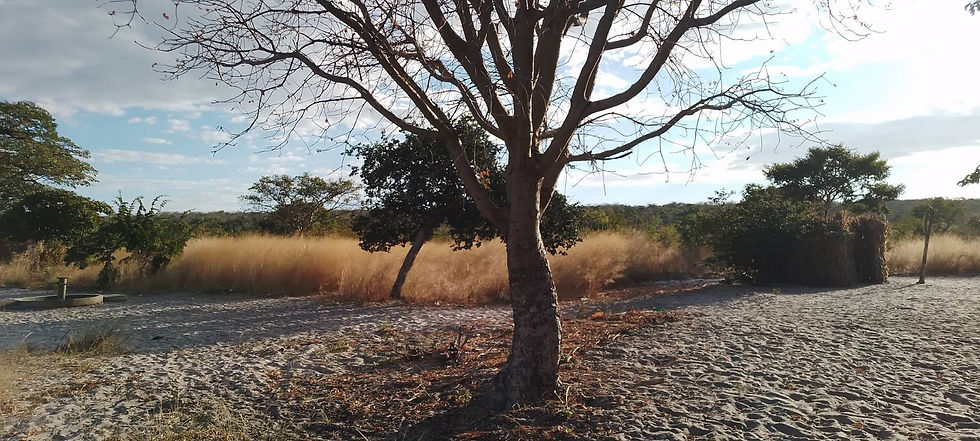How we do what we do.
We work with local communities to improve the capacity for natural resource management as a way of increasing incomes, improving quality of life and protecting and preserving the natural environment as a tool for climate resilience.Our strategy capitalizes on indigenous knowledge to build a robust environment for people and planet. Central to our strategy is the belief that forest resource management, income generation and climate adaption are not individualized andisolated but interconnected and integrated interventions that can effectively address poverty and climate change.We encourage and support the following practices in the communities in which we operate.To improve livelihoods and alleviate poverty through the application of indigenous knowledge for natural resource management the creation of high quality make sustainable and environmentally friendly use of resources.
We support and promote indigenous land management practices including:
Kutetela – The Lozi practice of pruning trees to allow for robust growth. Through the Indunas, we aim to revise traditional forest management which in part restricted the cutting of trees and outlawed the destruction of fruit trees. This would allow for forest regeneration. In addition, we work with partner villages to reduce burning which has in part been responsible for the loss ground cover which is perhaps the single largest driver of desertification.
Kutulisa – On both the forest margin and flood plain, the practice of Kutulisa will be encouraged to assist with soil regeneration. Build on indigenous knowledge and wisdom to strengthen the capacity of local communities to add value to forest products to increase incomes, improve livelihood and mitigate the effects of climate-change
Kutokola – is the practice of clearing canals and waterways to facilitate the flow of water. While the practice has largely been abandoned, historically it has been the backbone of agriculture in the Western province as it enabled irrigation and facilitated food production.in addition to the outlined interventions we work with partner villages to reduce burning which has in part been responsible for the loss ground cover which is perhaps the single largest driver of desertification.
